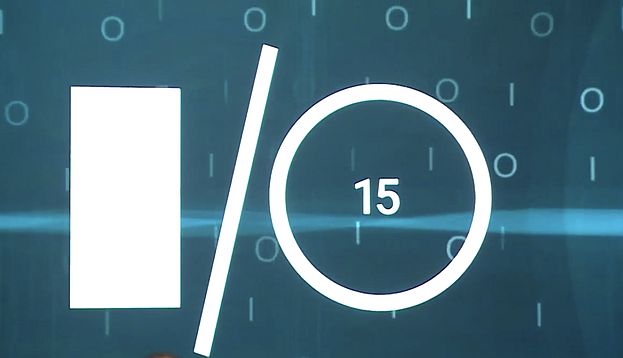Google had a terrific showcase this week at its I/O developers conference, talking about the features of its new mobile operating system, one that promises a more personal touch than ever before.
The new version of the Android OS, tentatively called M, will provide a number of new features for developers and marketers alike, including an upgrade to Google Now. Adweek broke down a number of these features, and what they mean for both groups:
- With the introduction of On Tap into the Google Now service, there’s a deeper integration into the rest of Google. It becomes accessible when consumers view the site either on the Web or in apps, with a number of deep-links that go directly to apps, without needing to navigate away from the home page. Although there are no ads in this service yet, Michael Facemire, principal analyst for Forrester, believes they aren’t too far off. “It could be awfully similar to how you can bid for ad space on search pages,” he said. “Google can set up an environment so that there can be an auction. Brands could get their content to the top of that list.”
- Push notifications will help in getting apps and brands suggested to interest users, utilizing the Google Cloud Messaging system. It enables developers to send their messages to any given contact, whether consumers are using an Android or Apple-based product. “Before today, you had to use two sets of pipes,” said Facemire, talking about how much easier the system will be. Apple hasn’t given a response to this new system yet, however, but Facemire is interested in seeing what it says.
- With app ads, Google hopes to reach out with Universal App Campaigns, running through AdWords. This provides a one-stop shop in the hub itself, a useful tool for smaller developers and companies. The ads would then run across a variety of services within Google, including search, Play Store, YouTube and others.
- With the addition of a buy button, users can now pick and choose items based upon shopping ads, which in turn provide a direct line to inventory, so consumers can know right away if a certain item is in stock. This would enable certain retailers to find success with ads, while at the same time assuring that the sale would be completed, without any delay in shipping or inventory.
Per VentureBeat, here are more details that emerged from the showcase:
- Google will introduce a new platform called Android M, successively taking over for Lollipop. It’ll come with proper app permissions, as well as improved app links, an Android Pay system, support for fingerprint readings, increased power management and other features. It’s not slated to release until this fall.
- Google will shift more into the Internet of Things department with a new operating system called Brillo, as well as a common language for connected devices known as Weave. It will work through small processors and low memory, and will manage and store data collected by sensors through the device.
- As mentioned above, Android Pay will act as a competitor to Apple Pay, providing users to buy items through retail stores and in-app with a simple press of a button. Working via near field communication technology, the device will eventually be inputted into 700,000 stores in the United States.
- Google Chrome now has over one billion active users, making it one of the company’s biggest ecosystems, alongside the Android platform.
- A new photo service called Google Photos, which works with Android, iOS and desktop devices, will allow users to backup and store “unlimited, high-quality photos and videos, for free.” The service offers up to a terabyte of storage for free, which certainly will make competitors reconsider their offerings.
- Now On Tap has been introduced, allowing users to access its services much more quickly through context, answers and actions. It works closely with Google’s mobile operating system, built with customer satisfaction in mind.
There were other announcements as well, including a new Polymer 1.0 program that allows developers to bring app-like experiences to the web, as well as a new Family Store, a Play Store that’s devoted entirely to younger players. You can learn more about these features, and more, here.

